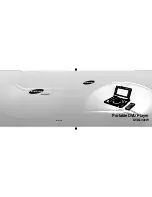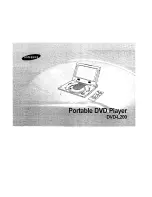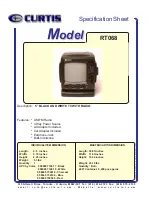
ORIGINAL INSTRUCTIONS > EN
NOTE
Weather will affect engine oil and engine performance. Change the type of engine oil used based on
weather conditions to suit the engine needs.
NOTE
Synthetic oil may be used after the 5-hour initial break-in period. Using synthetic oil does not increase the
recommended oil change interval. Full synthetic 5W-30 oil will aid in starting in cold ambient <5°C (41°F)
Add Fuel (Gas)
1. Use clean, fresh, regular unleaded fuel with a minimum octane rating of 85 and an ethanol content of
less than 10% by volume.
2. DO NOT mix oil with fuel.
3. Clean the area around the fuel cap.
4. Remove the fuel cap.
5. Slowly add fuel to the tank. DO NOT OVERFILL. Fuel can expand after filling. A minimum of 1/4 in. (6.4
mm) of space left in the tank is required for fuel expansion, more than ¼ in. (6.4 mm) is recommended.
Fuel can be forced out of the tank as a result of expansion if it is overfilled, and can affect the stable
running condition of the product. When filling the tank, it is recommended to leave enough space for the
fuel to expand.
6. Screw on the fuel cap and wipe away any spilled fuel.
CAUTION:
Use regular unleaded gasoline with a minimum octane rating of 85.
Do not mix oil and gasoline.
Fill tank to approximately 1/4 in. (6.4 mm) below the top of the tank to allow for fuel expansion. DO NOT
pump gas directly into the generator at the gas station. Use an approved container to transfer the fuel to the
generator.
DO NOT fill fuel tank indoors.
DO NOT fill fuel tank when the engine is running or hot. DO NOT overfill the fuel tank.
DO NOT light cigarettes or smoke when filling the fuel tank.
WARNING:
Pouring fuel too fast through the fuel screen may result in blow back of fuel at the operator while filling.
NOTE:
Our engines work well with 10% or less ethanol blend fuels. When using blended fuels there are some
issues worth noting:
— Ethanol-gasoline blends can absorb more water than gasoline alone.
— These blends can eventually separate, leaving water or a watery goo in the tank, fuel valve and
carburetor.
— With gravity—fed fuel supplies, this compromised fuel can be drawn into the carburetor and cause
damage to the engine and/or potential hazards.
— There are only a few suppliers of fuel stabilizer that are formulated to work with ethanol blend fuels.
— Any damages or hazards caused by using improper fuel, improperly stored fuel, and or improperly
formulated stabilizers, are not covered by manufacturer’s warranty.
11












































